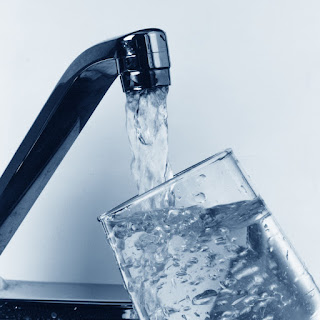The Overflowing Price of Tap Water
Riley Lewis is a student in the Masters of Coastal and Ocean Policy Program at UNC Wilmington. She received her bachelor’s in marine science and Coastal Management from the University of South Carolina in 2017. Riley is interested in the relationship between the environment and low-income communities and strives to bridge this gap through educating and involving those communities in environmental initiatives.
There is no one true, universal measure of affordability but several ways water prices can be assessed.
- Utility affordability is the average ability for a community to pay for water.
- Household affordability is the ability of all individuals in the community to pay for water.
- Equity is the overall affordability for the country, regardless of race, income, and location.
The most commonly used indicator is the percent Median Household Income (% MHI) to assess utility affordability. This method calculates how a year’s worth of water bills compare it to the MHI of the community served by the utility. The US Environmental protection Agency sets the utility affordability threshold of water in the US at 2-2.5% MHI and the United Nations Development Program sets affordability to 3% MHI for all countries.
Unfortunately, %MHI is not representative of the household affordability in the community because many customers in NC are not able to pay their water bills. For example, the city of Wilmington, NC is served by Cape Fear Public Utility Authority (CFPUA). The community has an estimated water affordability of 1.4% MHI however, in the graph below you can see that 25% of the community does not have “affordable” water bills according to the EPA’s affordability threshold of 2.5% MHI.
So, what is putting stress on household affordability?
Growing populations and the resulting pollution stress drinking water sources. The development of river adjacent areas causes harmful chemicals to enter waters that make the water unsafe for humans to drink. These chemicals primarily come from: manufacturing discharge, agriculture nutrient runoff, and commercial and residential chemical and nutrient runoff.
The Clean Water Act protects rivers, lakes, and groundwaters through federal controls on pollution, to ensure waters can still be used for swimming and fishing. Even though these protections are in place, most of NC rivers contain sections the EPA considers “impaired” and receive more pollution than what is recommended by the EPA.
Treatment plants are responsible for cleaning the source water to meet standards set by the Safe Drinking Water Act. The act protects the quality of drinking water in the US by setting limits on the amount of chemicals allowed in tap water. Increasing water pollution is causing plants to work harder and spend more money on new technology to meet these standards. The utility uses the infrastructure and operating costs to set the rate for their customers, so more updates mean higher rates.
Customers have some control over their affordability because bills are dependent on water usage. However, increasing bills can be caused by many factors. Older homes tend to have older pipes that can leak and cause usage to increase. Low-income individuals may not be able to afford plumbing repairs because they can be very expensive but, if not fixed, can mean continually inflated bills. Other regular expenses and unforeseen emergencies can also impact bills and put more financial stress on a household.
The price of water will likely increase and become unaffordable for parts of a community when these different factors come together. And, affordability does not stop with the customers, utilities rely on their customer bills to pay for their operations, so if bills are not paid or water is shut off, utilities are no longer receiving revenue that they need. This can impact quality of water received by the community, impact the health of the community, or increase rates for customers who can pay.






Comments
Post a Comment